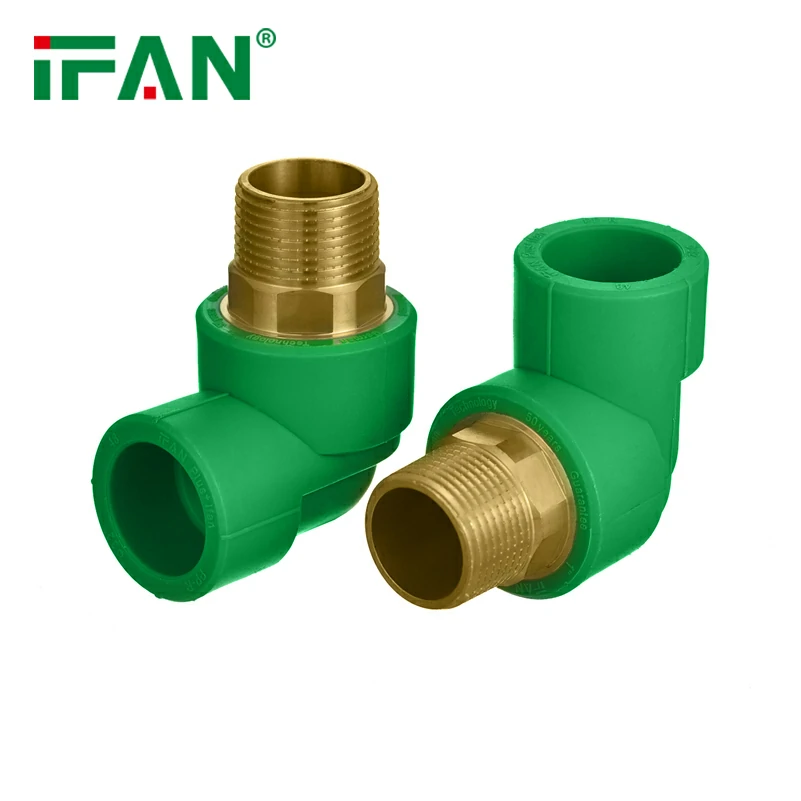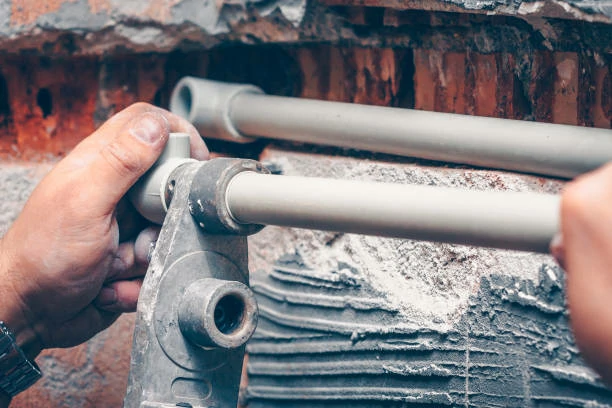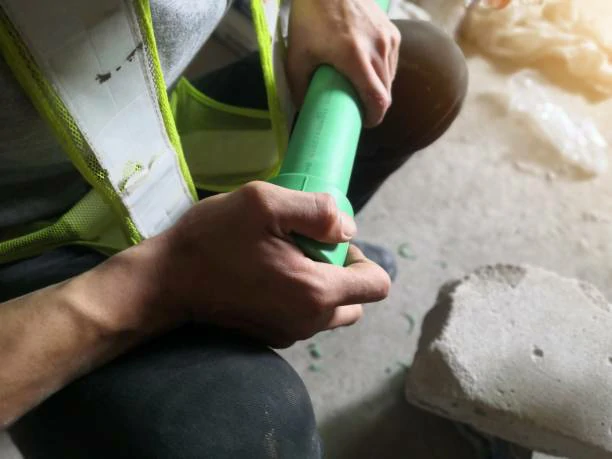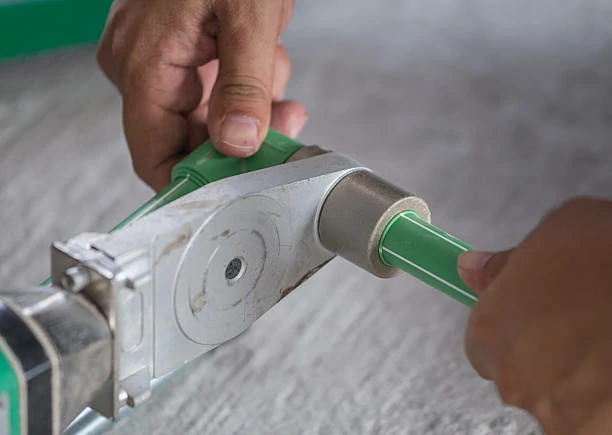When it comes to selecting piping materials for various applications, the choice between PPR (Polypropylene Random Copolymer) and PVC (Polyvinyl Chloride) pipes is a common consideration. This article provides a thorough comparative analysis of PPR and PVC pipes, highlighting key differences and helping you make an informed decision based on your specific needs.

Material Composition and Structure
The fundamental differences in material composition and structural characteristics between PPR and PVC piping play a crucial role in determining their suitability for different applications.
1. PPR piping: Robust Polypropylene Composition: PPR piping are crafted from Polypropylene Random Copolymer, a thermoplastic known for its robustness and durability. This material composition imparts excellent chemical resistance, making PPR pipes suitable for a wide range of applications, including plumbing and industrial processes.
2. PVC Pipes: Polyvinyl Chloride for Versatility: PVC piping are made from Polyvinyl Chloride, a synthetic plastic polymer. While PVC offers versatility and cost-effectiveness, it may not match the chemical resistance of PPR. PVC piping are commonly used in plumbing, drainage, and irrigation systems.
3. Structural Differences: PPR piping typically feature a multilayered structure, enhancing their strength and resilience. PVC piping, on the other hand, have a single-layer structure. The structural differences contribute to variations in pressure handling capabilities and overall performance.
Chemical Resistance and Applications
The chemical resistance of PPR and PVC piping is a critical factor influencing their applications in various industries and settings.
1. PPR piping: Impressive Chemical Resistance: PPR piping exhibit remarkable resistance to a wide range of chemicals, acids, and bases. This makes them suitable for industrial processes where exposure to corrosive substances is common. PPR’s resistance to chemical degradation ensures a longer service life.
2. PVC piping: Resistance to Certain Chemicals: While PVC piping offer resistance to many chemicals, they may not be as universally resistant as PPR pipes. PVC is vulnerable to certain solvents and oils, limiting its suitability for applications where exposure to aggressive substances is prevalent.
3. Applications Based on Chemical Exposure: PPR piping are often preferred in industries such as chemical processing, where chemical resistance is paramount. PVC piping find applications in water supply, drainage, and irrigation systems where the chemical environment may not be as aggressive.
Installation and Cost Considerations
The ease of installation and cost implications are practical aspects that influence the decision between PPR and PVC piping in construction projects.
1. PPR piping: Lightweight and User-Friendly Installation: PPR piping are lightweight, facilitating easy handling and installation. Their user-friendly design includes heat fusion joints, reducing the need for additional fittings. While the initial cost may be slightly higher, the ease of installation contributes to overall cost-effectiveness.
2. PVC piping: Cost-Effective but Heavier Installation: PVC piping are cost-effective and readily available. However, their installation may require additional fittings, and the pipes themselves are heavier compared to PPR. The cost advantage of PVC pipes may be offset by the labor and material costs associated with installation.
3. Long-Term Cost Considerations: While PVC piping may offer immediate cost savings, PPR piping’ durability and reduced maintenance requirements contribute to long-term cost-effectiveness. Factors such as ease of installation and ongoing maintenance play a crucial role in determining the overall cost of the chosen piping material.
conclusion
In conclusion, the comparative analysis of PPR and PVC piping underscores the importance of considering specific project requirements. PPR pipes excel in chemical resistance and durability, making them suitable for industrial applications. PVC piping, with their cost-effectiveness and versatility, find a place in conventional plumbing systems. Ultimately, the choice between PPR and PVC pipes depends on the unique demands of your project, balancing factors such as chemical exposure, installation requirements, and long-term cost considerations.
Contact:
IFAN is a manufacturer with 30 years of experience, specializing in plastic pipes, fittings, and valves in China. If you are interested in IFAN’s copper valves, PPR valves, pipes, and fittings, feel free to contact us. IFAN provides various standard pipes to meet your specific needs. Click the link below to explore IFAN’s diverse, cost-effective valve products, as well as related pipeline system products.
We will reply your email or fax within 24 hours.
You can call us at any time if there is any question on our production.
For more information,pls visit our webside https://www.ifanplus.com/
Pls Mailto: [email protected]






